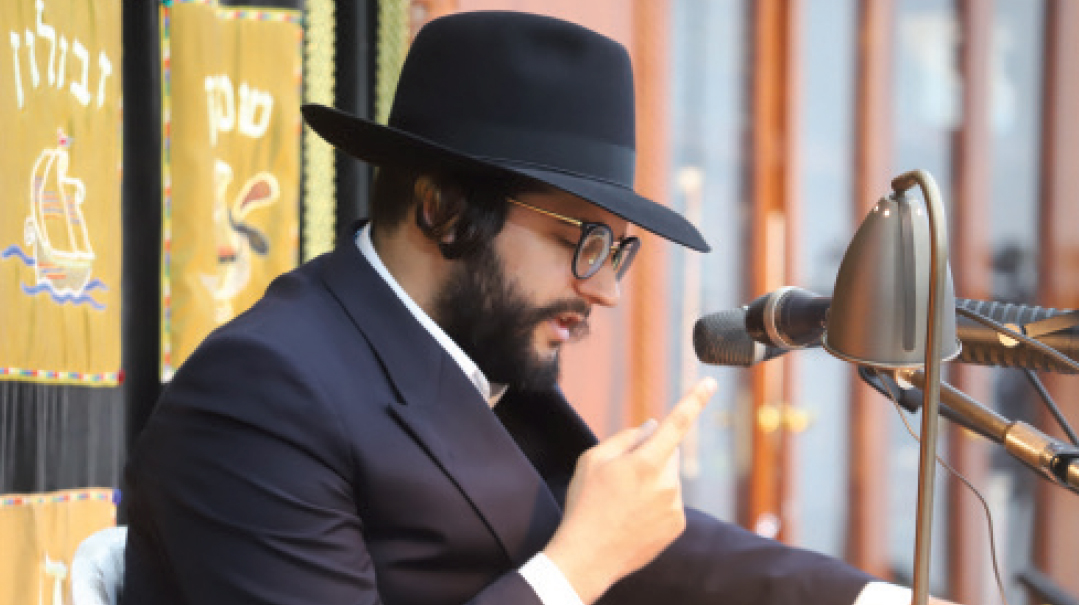A Page from His Book

Rabbi Meyer Yedid is showing how the power of a daf Gemara can reshape not only a person, but an entire community

Photos: Moshe Oiknine
I
’m trying to write, but the quiet is unnerving because suddenly after months of talking, talking, talking, everyone’s out of words.
Montreal, where I live, is a few hours away from going into total lockdown — stores, schools, everything. They are threatening a curfew and under the game faces and forced joviality, there is genuine panic.
Maybe not panic, but certainly not calm because how tranquil can you be when you really have no control over anything? Oh, and you have to smile for the children!
Those feelings were swimming around my consciousness when I got to the last chapters of a book by Rabbi Meyer Yedid, entitled The Power of Tranquility (ArtScroll/Mesorah) and near the end, I bumped into this reflection.
My computer wasn’t working properly and the technician I phoned tried helping me for a while, and then asked, “Can I go into your computer?”
This was a while back, when remotely accessing computers was slightly new. “How can you go into my computer?” I asked, slightly on guard.
“I’ll just give you a code to type in and I’ll come in,” he said.
This was the first time the concept was introduced to me, but after thinking for a few seconds, I realized that all he could take from my computer was my shiurim, and he was welcome to enjoy them.
I followed his instructions and suddenly, the screen changed. I grabbed my mouse to move it to the left, but the cursor moved to the right. I moved the mouse up, and the cursor went down.
“What’s happening?” I asked with alarm.
“Sir,” he said, “let go of the mouse. I am controlling your computer.”
As I sat there like a golem watching him do whatever he was doing, I realized that this is a great mashal for life. You do the best you can, but at some point, you have to let go of your mouse and realize that Hashem is truly controlling your computer and you don’t have to worry about things that are not in your control…(p. 270).
This metaphor is helpful, for sure, but even more impactful if you’re able to hear the words in the rabbi’s voice.
Years ago, Rabbi Yedid was speaking late on Friday night in a dark, overheated room at the Agudah Convention. There was cholent and kugel on the tables and really, I should have been out like a light within three minutes. But there was something in his voice that was soothing and invigorating at the same time, a call to action even as it told you to stay calm.
“ ‘Zechor rachamecha Hashem…’ What does that mean, to remind Hashem of His own mercies, would we think He forgot? We’re reminding him?”
He spoke of creation. Of Hashem’s kindness and our role in seeing it and expressing it, using remembrance as a means of tefillah. He spoke of how “zechirah,” positive remembrance, stimulates the potential in other people as well, and I wanted this man to never stop talking.
It wasn’t a breathless, “Thank-you-Hashem, look at the sunset, we’re lucky to be alive.” It was measured and thoughtful, the voice reflecting not just knowledge, but experience.
The source sheets checked out, for sure, and they were impressive, but what made the difference was the way they carried the grit of the Brooklyn streets.
That’s because Rabbi Yedid didn’t land here — speaking and writing and teaching — straight out of rabbinical school. In fact, just the opposite.
Oops! We could not locate your form.







